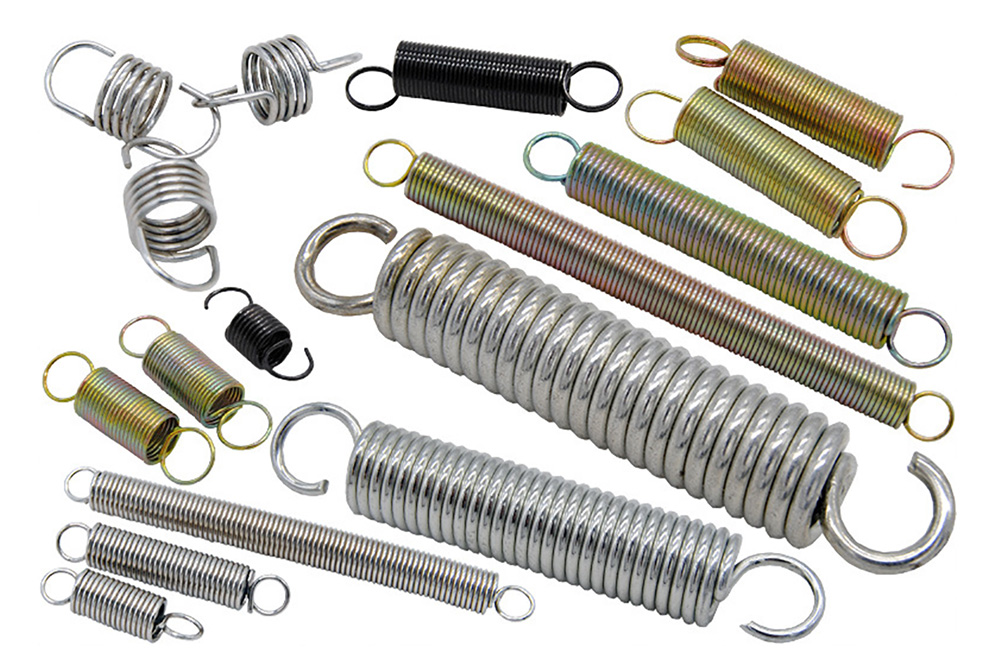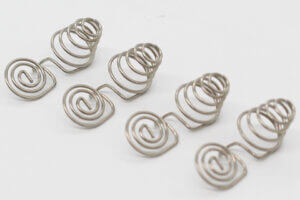- Austempering of the spring.
For springs with smaller diameters or satisfactory hardenability, austempering can be used, which can not only reduce decentering, but also improve strong resistance. It is best to perform another tempering after austempering to increase the elastic limit. The tempering temperature is the same as the austempering temperature. - Deformation heat treatment.
Thermomechanical heat treatment is a combination of steel deformation strengthening and heat treatment strengthening to further improve the strength and resistance of steel. Thermomechanical heat treatment is divided into high temperature, medium temperature and low temperature. High temperature deformation heat treatment is quenched immediately after deformation in a stable austenite state, or can be combined with forging or hot rolling, that is, quenched immediately after hot forming. - The loose treatment of the spring.
If the spring is operated under external force for a long time, slight plastic deformation will occur due to the loosening of the stress. Especially for the spring operated at high temperature, the stress loosening phenomenon is more serious at high temperature, which reduces the accuracy of the spring. This is not the case for general fine springs. Allowed. Therefore, this type of spring should be loosened after quenching and tempering. Heat treatment process: pre-load the spring so that its deformation exceeds the deformation that may occur during operation of the spring. Then heat it at 20℃ higher than the operating temperature for 8~24h. - Shot peening.
Shot peening is one of the most widely used methods to improve the appearance of springs. Springs require high appearance quality. Surface defects such as scratches, folds, and oxidative decarburization tend to become local and fatigue fracture sources of stress concentration during spring operation. If fine steel shots are used to spray the surface of the spring at a high speed and perform shot peening, it will not only improve the appearance of the spring, but also increase the strength of the appearance and make the appearance in a state of compressive stress, thereby increasing the fatigue strength and service life of the spring. - Low temperature carbonitriding.
Regarding the coil spring, the combination of tempering and low-temperature carbonitriding (nitrocarburizing) technology can significantly improve the fatigue life and corrosion resistance of the spring.

spring life



